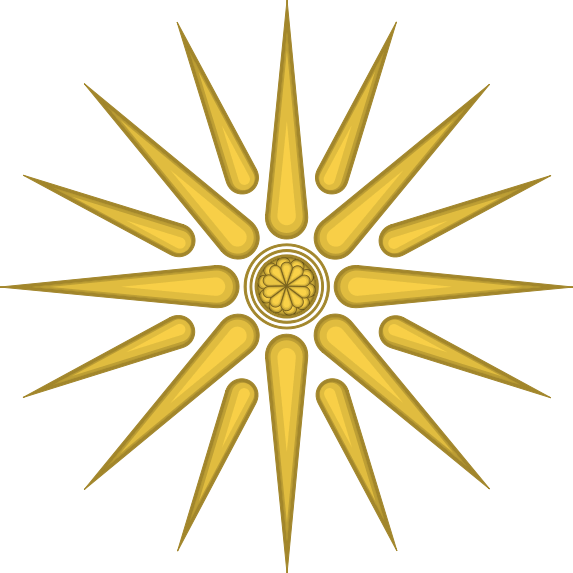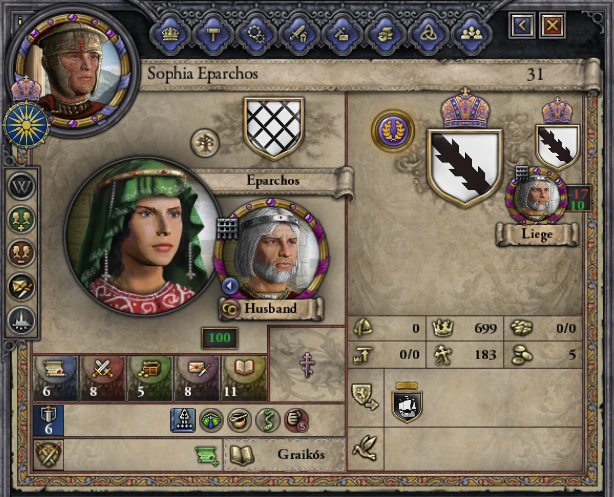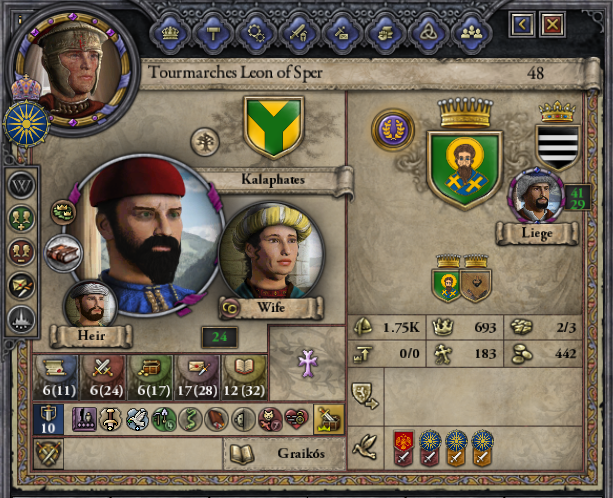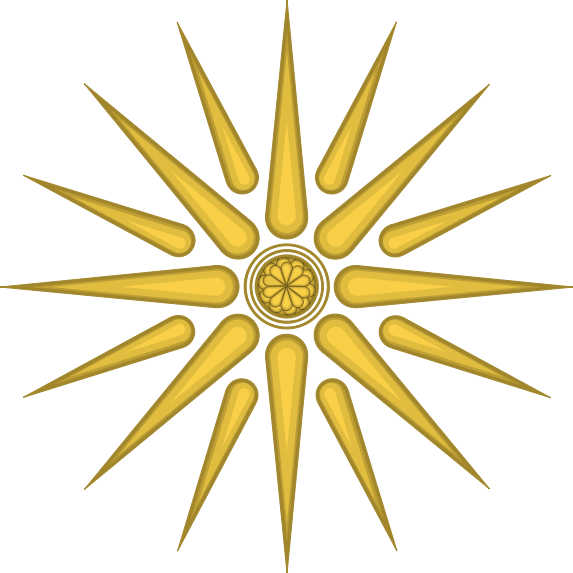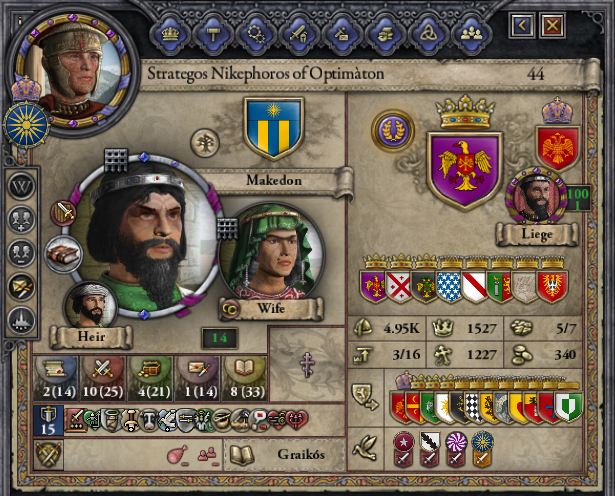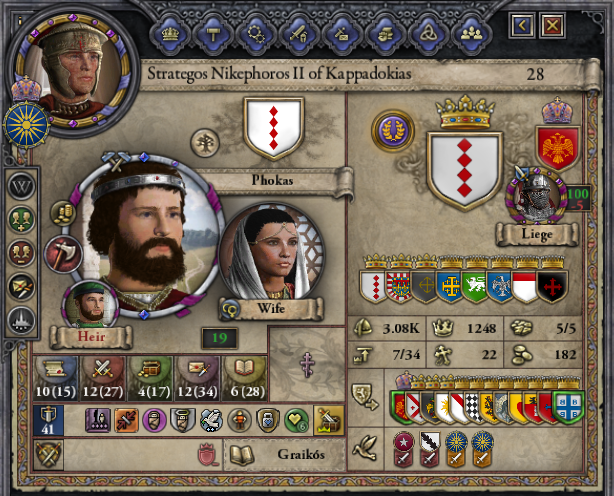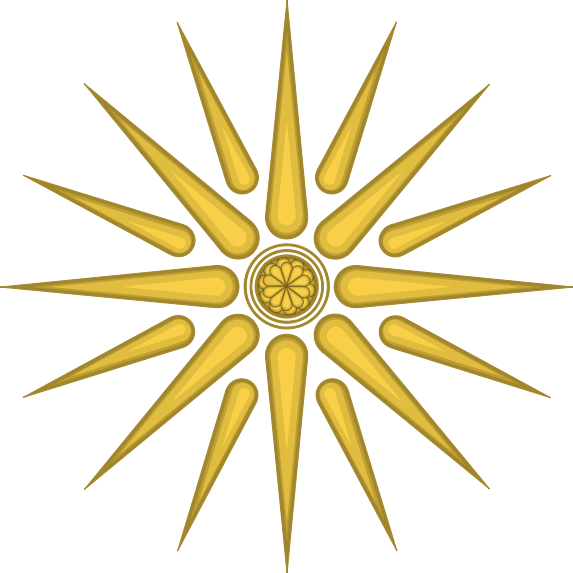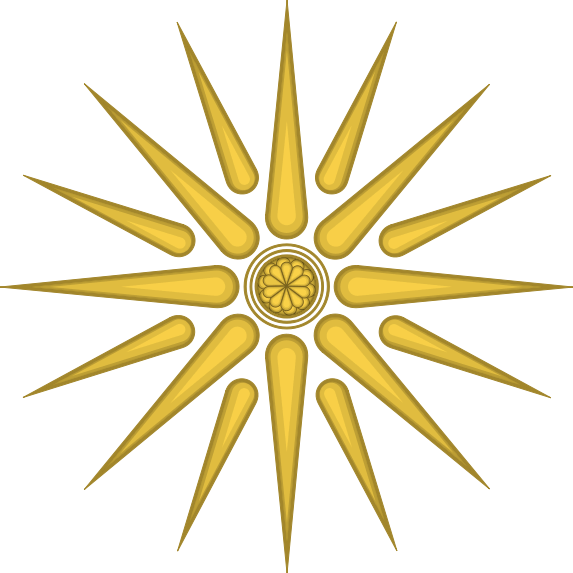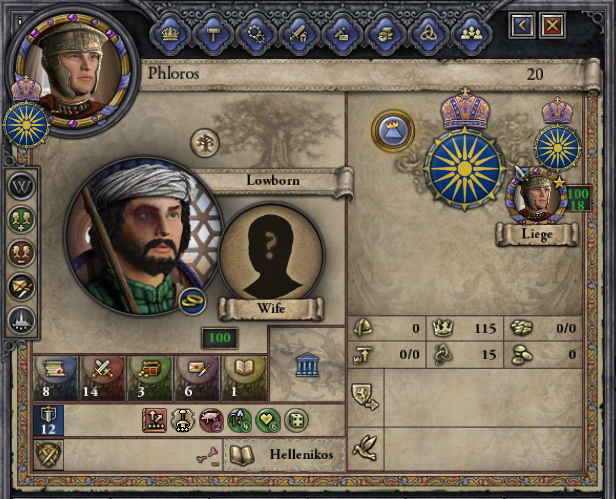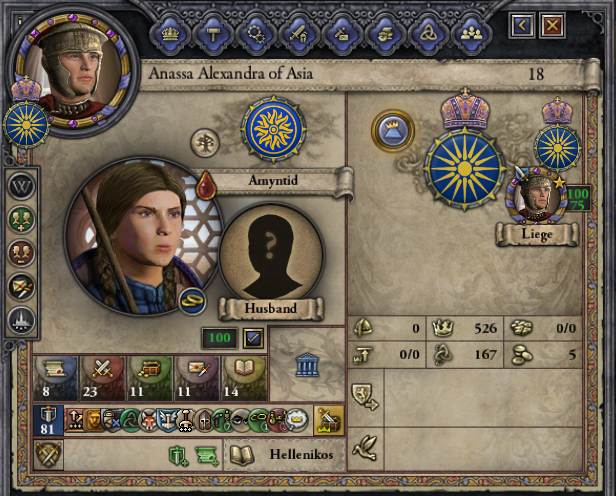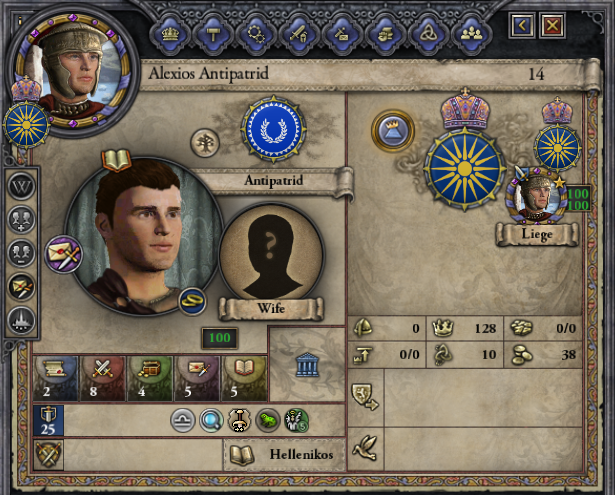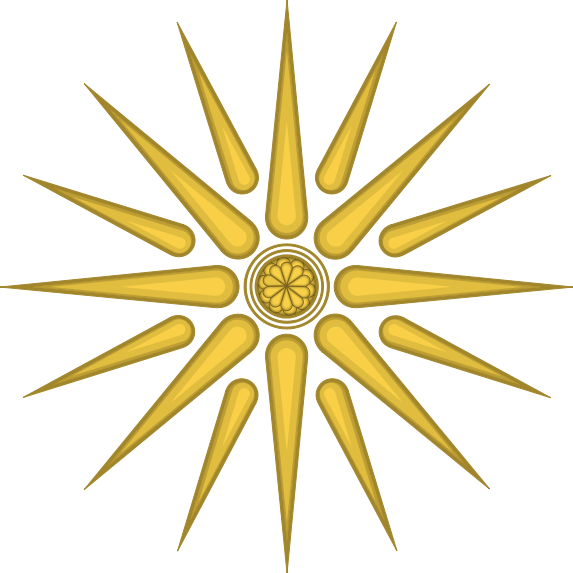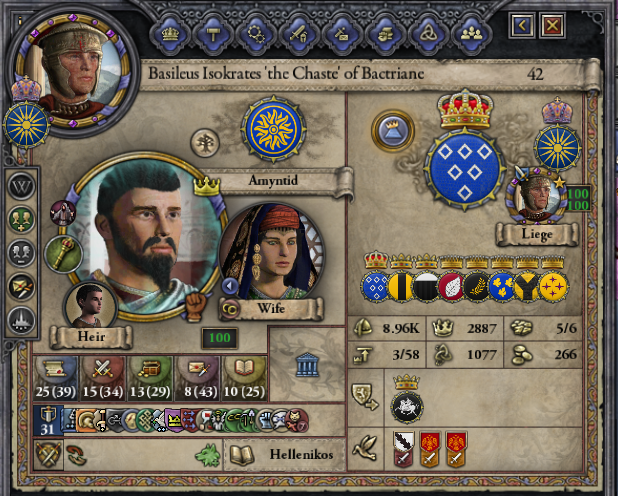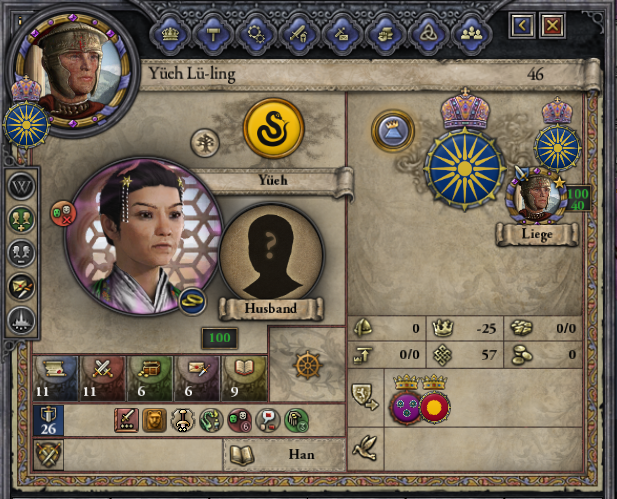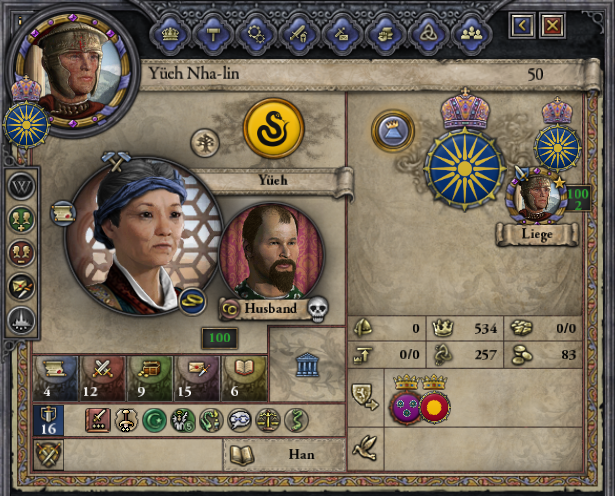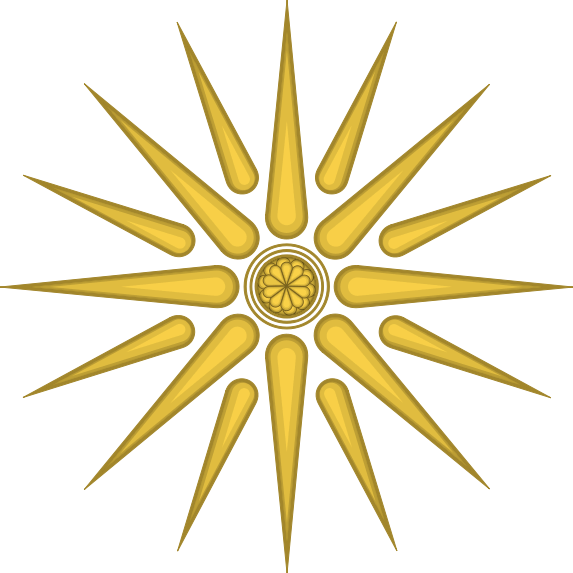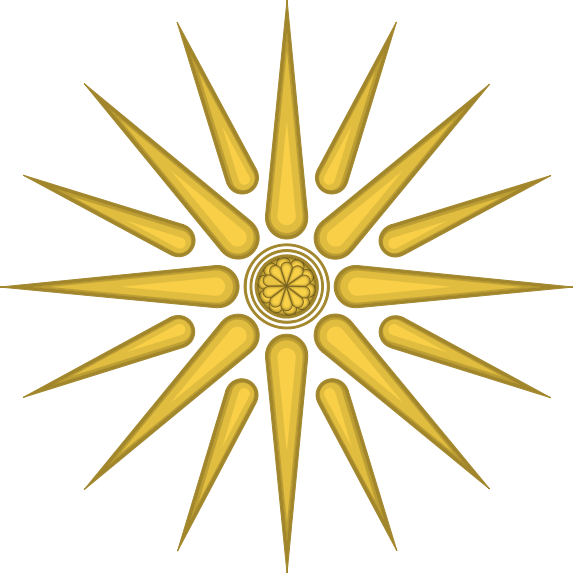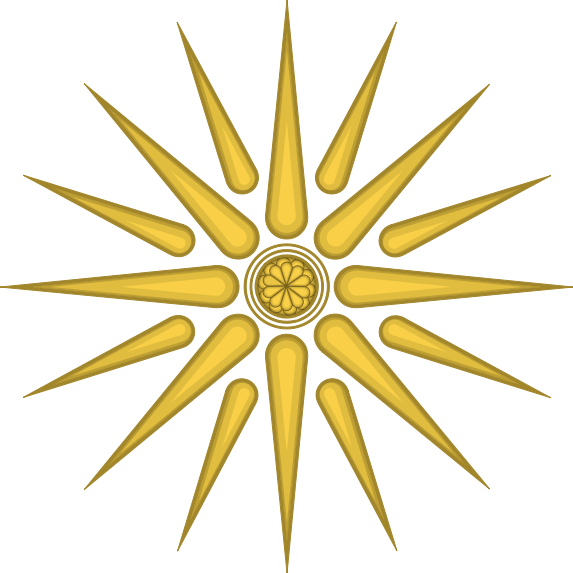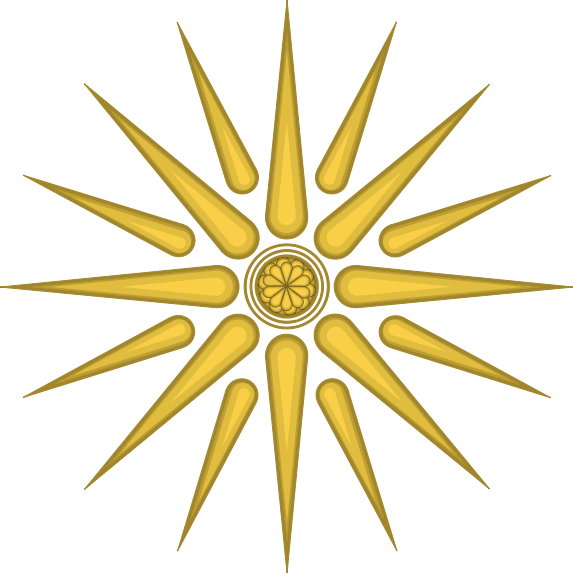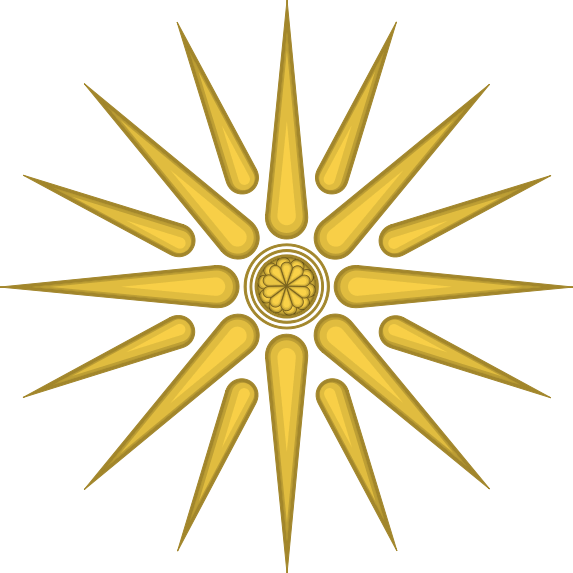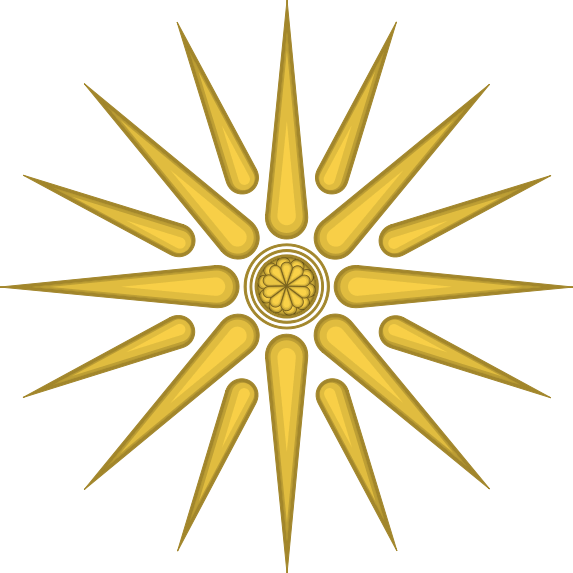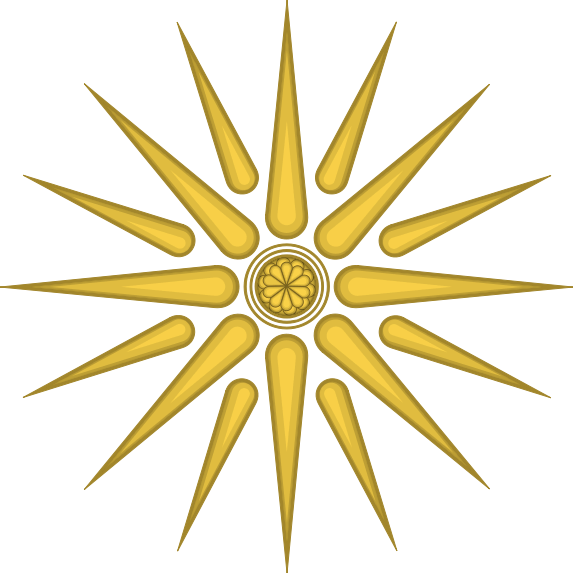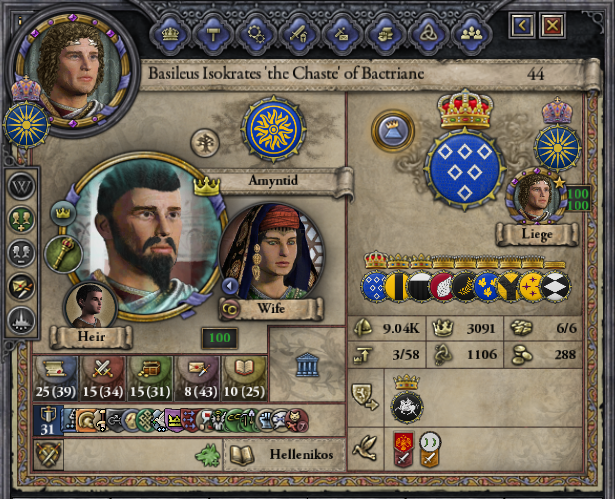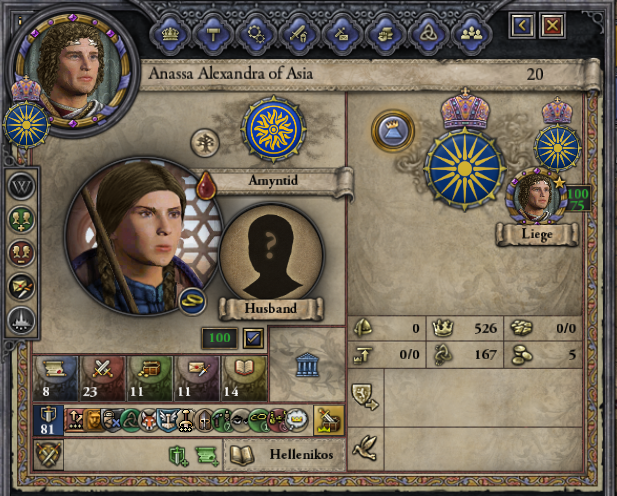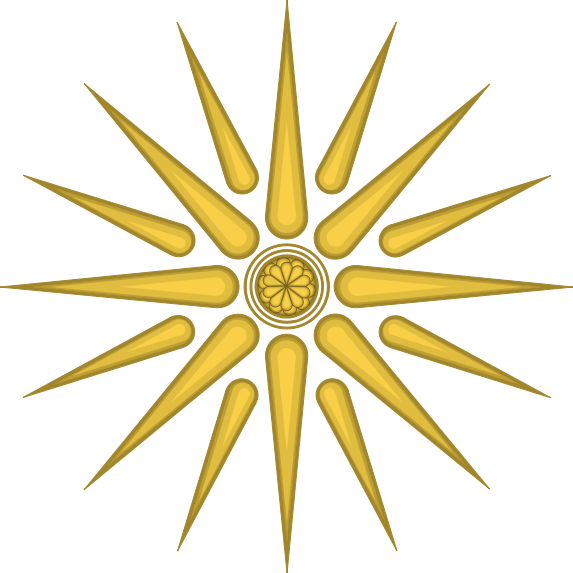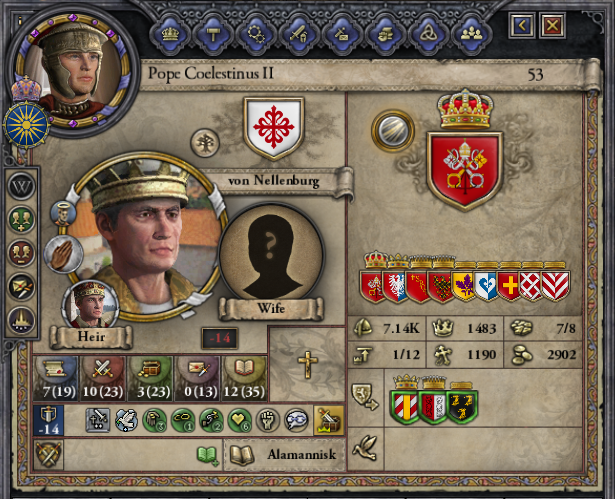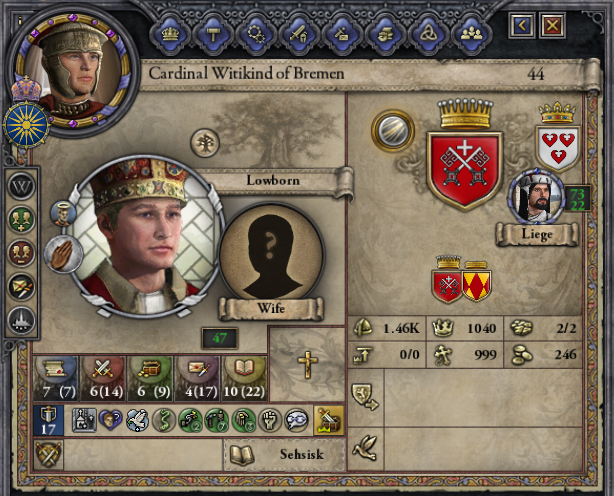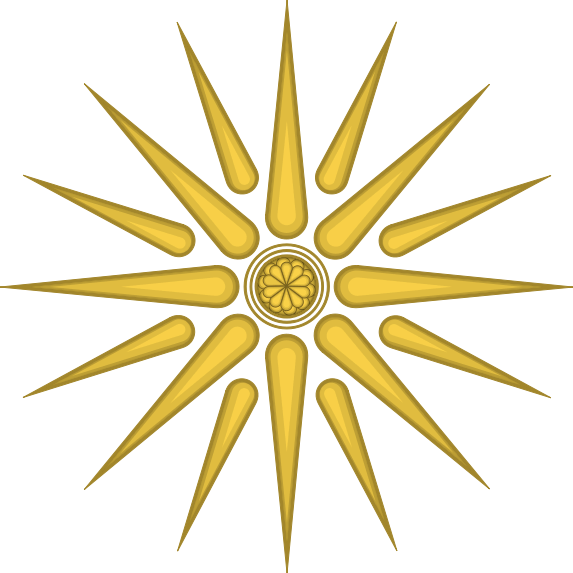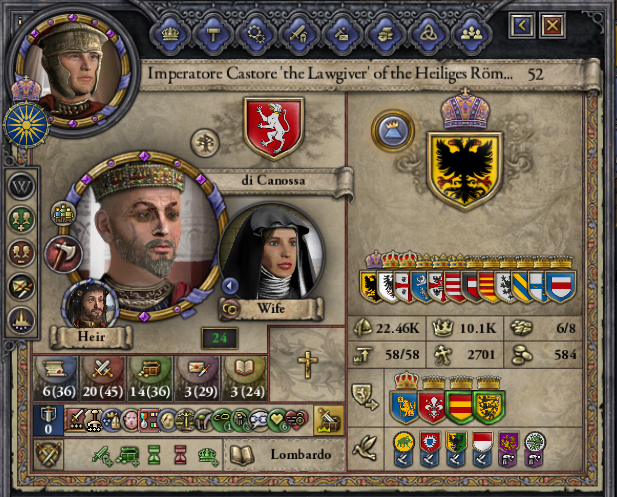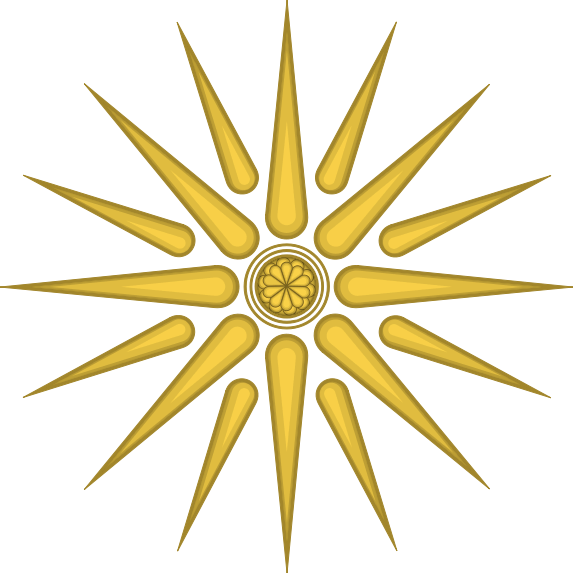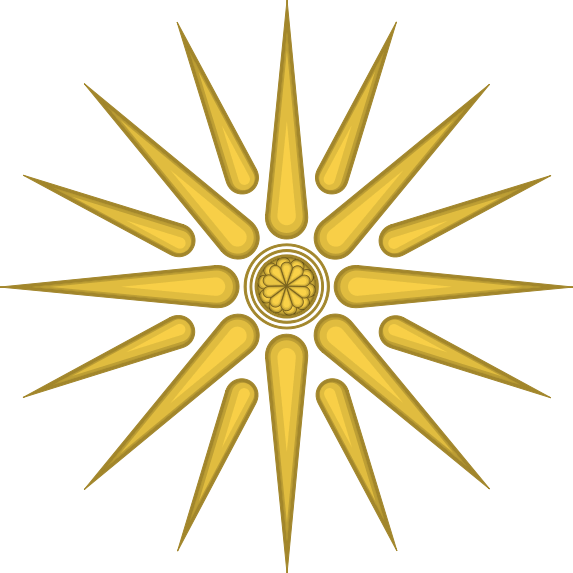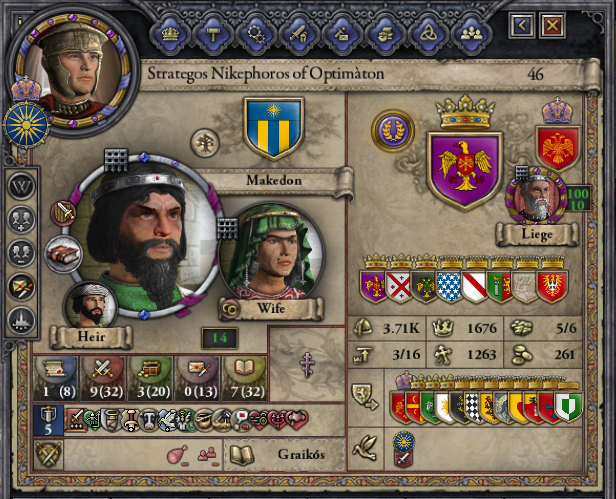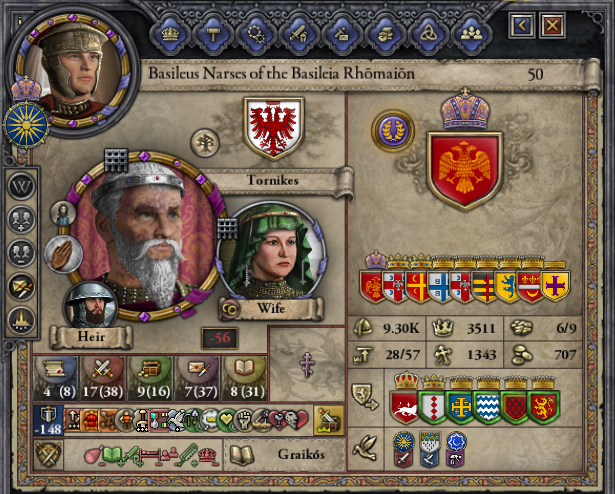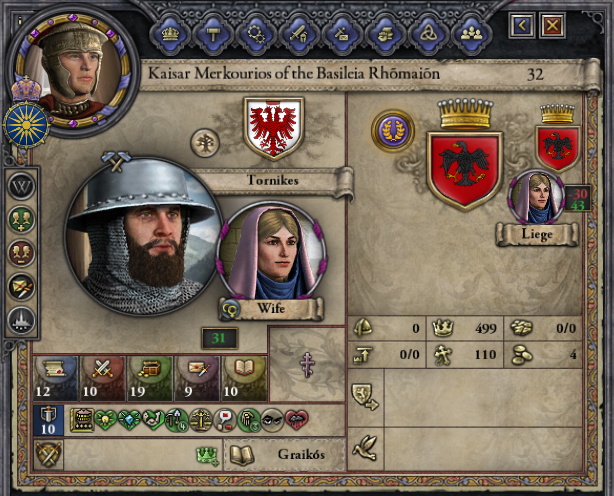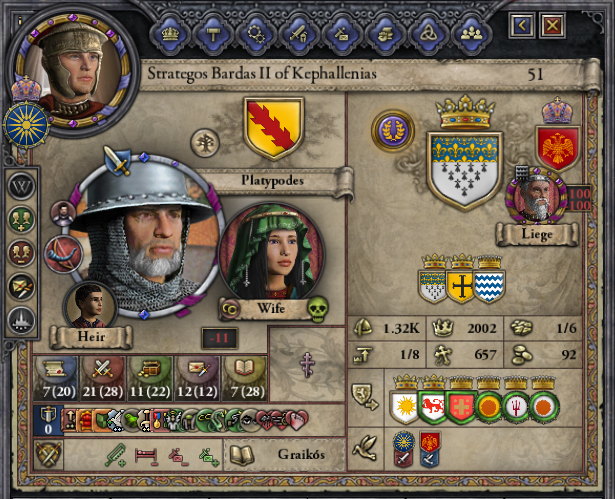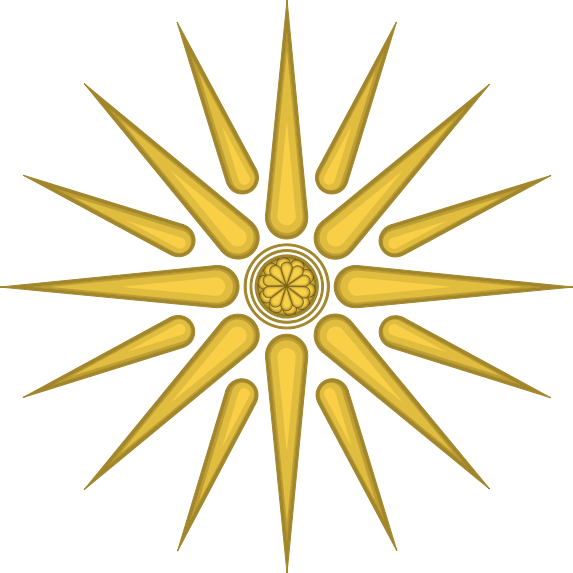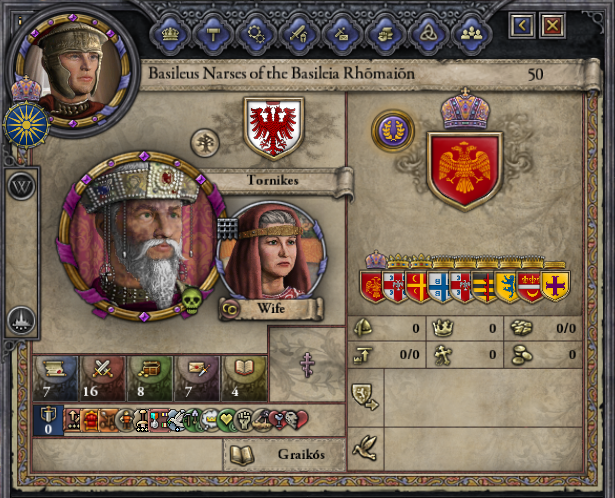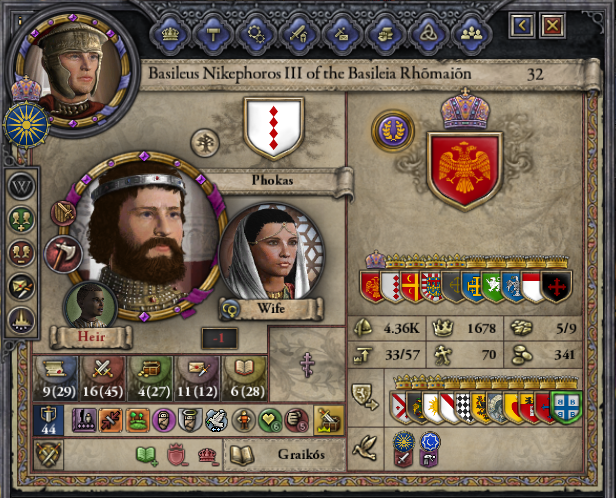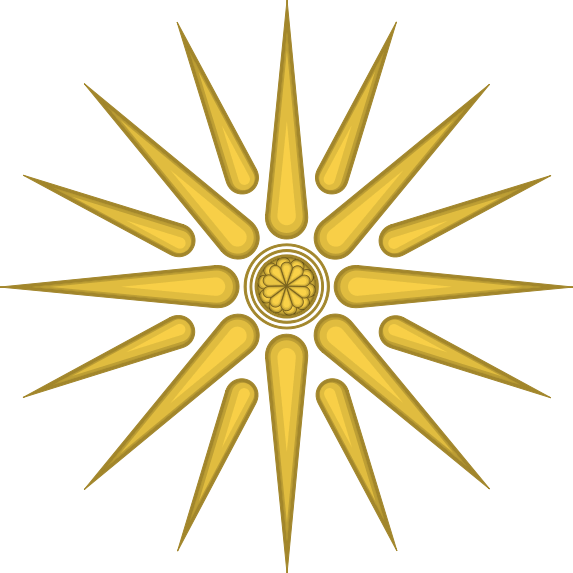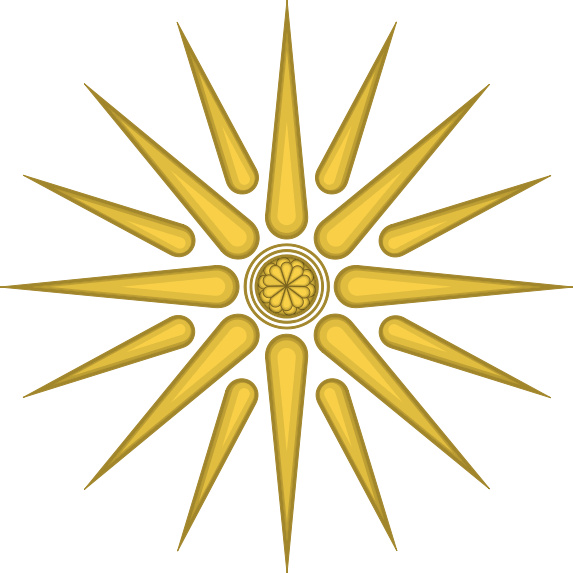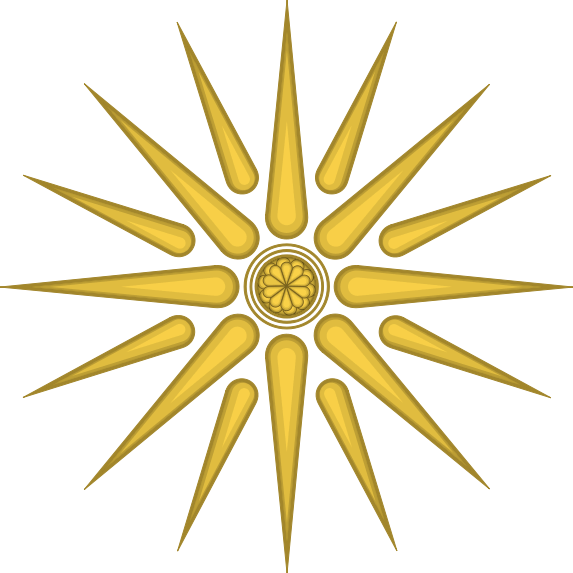
Through the Gates
‘During the time of the ancient Greeks the philosophical sciences kept on growing and developing… The sciences continued to be intensely cultivated until the religion of Christianity appeared among the Romans; they then effaced the signs of philosophy, eliminated its traces, destroyed its paths, and they changed and corrupted what the ancient Greeks had set forth in clear exposition.’
Thus read Leonidas’s favourite passage from the scholar Masountis’s Meadows of Gold. A shining reminder of what they were fighting for, and of the barbarism of the foe they faced. The Great King had simply smiled at the notion, claiming that – though he was gladdened that the Arabian scholars had acknowledged this truth – he was nonetheless weary of the notions that the Romans were a witless barbaric foe. Dulled though they might have been by their overzealous worship of the Israelite God, Alkaios had warned, these were still the men that had destroyed Antiochus’s Macedon, built the paved roads of marbled Palmyra, and bowed the last of the Ptolemies to their will.
In truth, Leonidas knew little of what had befallen the last of the Epigonoi, but as far as roads were concerned, what he saw beyond the Gates of Cilicia left him none too impressed. There, once, the Royal Road of Darius had passed, but now only broken stones remained, a hassle rather than aid as Leonidas led his vanguard into Roman Lycaonia, forced into a tight column so as to not loose formation during the march. That above Cilicia was overall a quite barren land and, though Leonidas’s scouts had fallen across groups of shepherds herding their flocks of sheep, of the Romans themselves, there was no trace. Iconion, the Arabic sources told, still stood as a city, but if it held any substantial garrison stood guard there, they were certainly showing no interest in Leonidas’s advance. After the battle at the Gates, the Roman forces had prodded his defences, but whether these were men of Iconion, or which of the two warring Emperors they served, the Bactrian general had no way of knowing. Still, he could not imagine that the entire garrison of a city had extinguished itself on their encampment’s defences.
He was proven right, of course, by the onrush of a scout. From the back of the column. Leonidas cursed at the mere sight of the young messenger. He had no need for divine warning to know that this was not a matter of a broken axle on a servant’s cart. “Galloping wall,” the scout shouted to him in terrible Greek as Leonidas raced to the back of the column, warning his lieutenants as he rode. “Galloping wall,” the man repeated, but Leonidas gave him little heed, as whatever the Persian boy wished to say, he knew it meant that a mounted or otherwise fast-moving force was assailing them. Part of him cursed that he had been caught with the van, chiefly peltasts and shield-bearers, with not a pikeman between them. The other part cheered: ever since Demetrius Soter’s time, the Romans had put little value into horsemanship, and Leonidas himself had been none too impressed with the small force of riders that had shielded the Christians’ attempt to storm his Cilician position. Though he would still hang the scouts that allowed his force to be ambushed.
“Hollow!” Leonidas called out to his troops as he rode. “Hollow!” he shouted, and felt as a proud father when the soldiers, Mede and Mesopotamian alike, formed into the hollow rectangle that the Romans themselves had mastered, all those centuries ago. He had to smile. His vanguard split into two phalanx lines, with the fore and back regiments – all hypaspists heavily armed – closing the square to protect their sides. The baggage carriers and scouting cavalry positioned themselves in the centre, his Turkic ghilman dismounting and readying their bows, as dangerous shots on foot as they were galloping circles around the enemy. With no back to expose to a mobile cavalry charge, Leonidas’s troops could stand their ground for hours. Days, if need be. And his Turks were certainly a match for whatever mounted archers the Romans might have.
And then Leonidas cursed the poor scout. Because the force that came crashing into his square was nothing like a galloping wall, and rather resembled, more simply, a wall. He counted some two thousand Roman shield bearers – a number near as great as his entire force – and these met his now-halved phalanx with a terrible clashing of steel and crushing of bone. Of a mounted knight, nary a sight. Already, Leonidas was ready to call for a redeployment – rather willing to risk confusion than to face such monstrous infantry formed up as the hollow square – when he saw, sprouting from what had seemed like bare rock, a force of what he would have called peltasts, so lightly armoured they were. To both his flanks they rushed, and the learned general knew they were moving to encircle his force.
Another man might have despaired. Leonidas smiled. He called for the last two ranks of the far side of his square to supplement the front, and the other two ranks he had break in half and spread out as a bird’s wings, behind the picked troops that would have guarded the flanks of the squared. Let them come, he thought, looking at the Roman peltasts. Let them come into the arms of my army, and sow chaos in their own ranks as they are forced to break and flee. Already his archers were unleashing a storm over the enemy’s charging ranks, slowing their advance, and Leonidas thought that no general could have met an ambush any better. The light Roman troops had yet to strike his formation that, at a single pump of his fist, it opened up into two wide flanks, stopping the peltasts in their advance and pushing them back with ease. Truly, no general could have met an ambush any better.
“Galloping wall, lord, galloping wall!” the young scout yapped, having made his way through Leonidas’s inner guard to pull at the general’s skirts, like an annoying child. Leonidas would have struck the boy, but as he pulled his hand back to slap, he turned towards where the scout was pointing. And finally, he saw it. The Galloping Wall.

Narses took his place at the centre of the wall of knights, leading from the front like an Emperor of old, and he smiled, as the tagmata cheered his name. “Let’s show them that we… are… ROMAN!” he bellowed as he closed his aventail, digging his heels into his Gaius to spur the stallion into a trot. Already, his men sounded like a storm behind him as they picked up the pace to match his. When they emerged from behind their hillock, they were as a single immortal wave. One that washed over the disordered line of the Persians as if though it has been made of sand. Cilicia might have been lost. But the enemy would not take a single step further.

Author’s notes: I have, once again, deformed Al-Mas‘udi’s name into Masountis, to the point where the reader would be legitimised in suspecting that Alakios’s translators wrote it down this way. I originally meant to use Al-Jahiz’s quote on Greeks being thinkers whilst Romans were mere artisans instead, but the same passage mentions that Greeks are (by then) an extinct people, which I couldn’t have Leonidas fully gloss over, but would have derailed the whole chapter had I gone into it in depth. The moral of the story is this: the Bagdad-era Arabic literature seems to think of the Romano-Byzantines as, while still a culture people, standing on the shoulders of Giants, and nothing exceptional themselves. At least wherever it distinguishes them from classical Greeks, whom the Arabic scholars seem to appreciate far more. Perhaps, my dear Leonidas, but the shoulders of giant are a nice high ground from which to pelt you with missiles.
Another thing: Leonidas (by which I mean I, the narrator) calls the heavy troops of the Bactro-Hellenistic Phalanx “hypaspists”. Though that is not fully wrong per se – the word itself simply means “shield-bearer” or “one who has a shield” – these would not be the hoplite-looking hypaspists of Alexandrine Macedon. I do picture the officers (especially Leonidas and Phil who often fight on foot) as carrying some more decorative, classically inspired armour, which would include a round and possibly bronze-faced aspis shield, but the heavy infantry would be armed in the manner of the thorakitai of Hellenistic Persia. These carried an oval, Roman inspired, shield, and would appear none too different from late-Imperial legionnaires (though with a preference for thorax-like armour).
As for the Roman Galloping Walls… they’re just cataphracts. But a solid number of them, since the “legitimate” Emperor Narses has access to the standing regiments, where Bardas would only lead levied Thematic troops. I like to think these cataphracts as the Athanatoi (Immortals, ironically named after the Persian unit), established in the mid 900s. Cataphract forces are nothing new to the army that conquered Persia, but the Iranian intermezzo did see a focus on Turkic slave soldiers, and Leonidas likely never faced a full army’s worth of the heavy knights. Also, infantrymen with their backs turned don't usually put up much of a fight against a cavalry charge.
- 3
- 1


